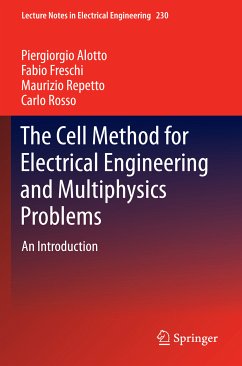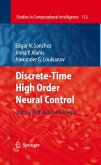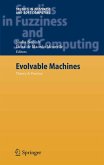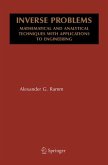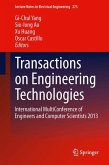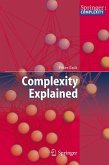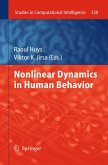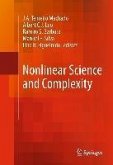Dieser Download kann aus rechtlichen Gründen nur mit Rechnungsadresse in A, B, BG, CY, CZ, D, DK, EW, E, FIN, F, GR, HR, H, IRL, I, LT, L, LR, M, NL, PL, P, R, S, SLO, SK ausgeliefert werden.
"The book under review introduces the cell method, which is a numerical scheme for the solution of field problems governed by partial differential equations. ... This book may be of interest to engineers and mathematicians who want to investigate the cell method further and see how it can interplay with other numerical methods, including the finite element method and the finite volume method." (Teodora-Liliana Radulescu, zbMATH, Vol. 1280, 2014)
"The book under review introduces the so-called 'cell method' (CM) developed by the authors for solving various partial differential equations (PDEs). ... authors attempt to introduce the CM without a high level of mathematics and hope that the readers can implement the CM for practical engineering problems. ... this book may be interesting to those mathematicians who want to investigate the cell method further and see how it competes with other well-studied numerical methods such as the finite element method and the finite volume method." (JiChun Li, Mathematical Reviews, October, 2013)

